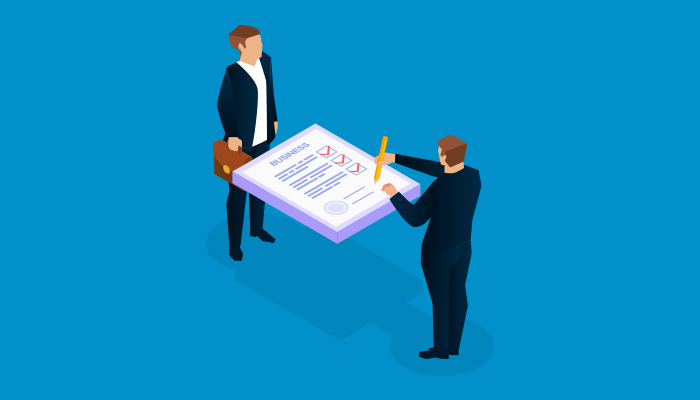5 Important IT checklists that no SMB should miss: Part-2

5 Important IT checklists that no SMB should miss: Part-2
In our last blog, we discussed 2 of the 5 important IT checklists that every SMB should have. In this post, we cover the other 3, namely, IT training, Data Backup, and BYOD checklists.
IT Training checklist
Your IT staff is not the only one who needs IT training. Everyone in your office does. An IT training checklist serves as a good process document for any new staff or for any staff working on new hardware or software. Following the IT training checklist can help cut down the learning curve, and ensures the hardware/software is leveraged in the best possible way, thus making your staff more efficient. Here’s what your IT training checklist can offer.
- Rules and regulations regarding software and hardware use
- Links to user manuals/instruction videos with how-tos for the software and hardware in use
- Information about whom to contact if there’s a need for troubleshooting
- Training schedules for each hardware/software, cyberthreats
- Information about whom to contact if there’s a perceived cybersecurity breach
Your IT staff is not the only one who needs IT training. Everyone in your office does. An IT training checklist serves as a good process document for any new staff or for any staff working on new hardware or software. Here’s what your IT training checklist should contain.
Data backups checklist
There are a number of factors that can affect the accessibility and quality of your data. Data backups are key to ensuring your data is not lost. You should maintain a checklist or a policy document that covers this aspect. Your data backups checklist should cover
- What are the different data sets that need to be backed up
- How often do each of those data sets need to be backed up
- Where (location/device) will the data backup occur
- How will the data backup happen
- Who will be responsible for the data backup
BYOD policy checklist
In the current business environment where companies allow their employees to use their own devices for work purposes, a BYOD (Bring-your-own-device) checklist is a must. This checklist should answer questions like
- Who is allowed to bring their devices to work (employees of some departments that deal with sensitive data like, the HR/accounts may not be allowed to do so)
- What kind of devices are allowed/approved? For example, you can specify a version below which a certain OS may not be allowed, as it may be outdated, exposing your entire network to any security threat that it may be vulnerable to
- Who is responsible for ensuring the security patches and antimalware protection is up-to-date
Having these checklists/policy documents do not ensure your IT infrastructure is always safe and secure, or never suffers a downtime. These checklists merely help in cutting down instances of security breaches or downtime and go a long way in helping you respond positively to any IT crisis that may befall your business. What we have discussed here is just the proverbial ‘tip of the iceberg’. Your checklists have to be comprehensive, in-depth and cover every angle with a clearly defined action plan for any IT contingency. Reaching out to an experienced MSP for assistance will ensure you leave no loose ends.


